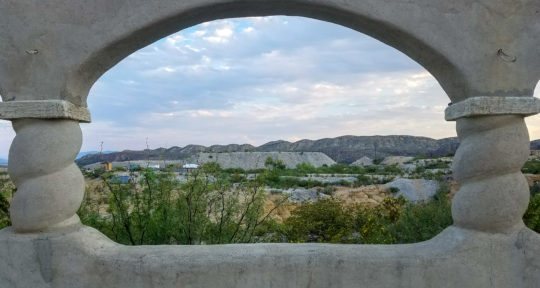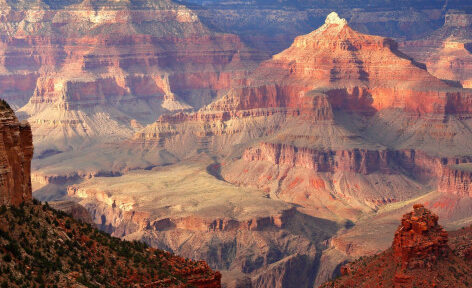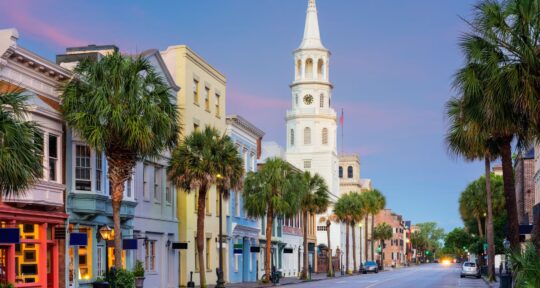Lake City isn’t on the way to anywhere. The tiny former mining community (population: 408) is tucked away in the northeastern corner of Colorado’s San Juan mountain range, nestled amidst the jagged peaks and thundering waterfalls that make the region so special. It is one of those places where everybody knows everybody. After all, Lake City is the only town in Hinsdale County.
Thanks to four wilderness areas and two wilderness study areas, 96 percent of Hinsdale County consists of public lands, making it the most remote county in the lower 48 states. This means you won’t find a Walmart or Target in town; Lake City doesn’t have any commercial chains. There are no traffic lights or elevators either, since the quaint historic district doesn’t have a single building with more than two stories.
There’s also something else that is missing: light pollution. Because of all of this, Lake City is one of the best places to stargaze in the country.
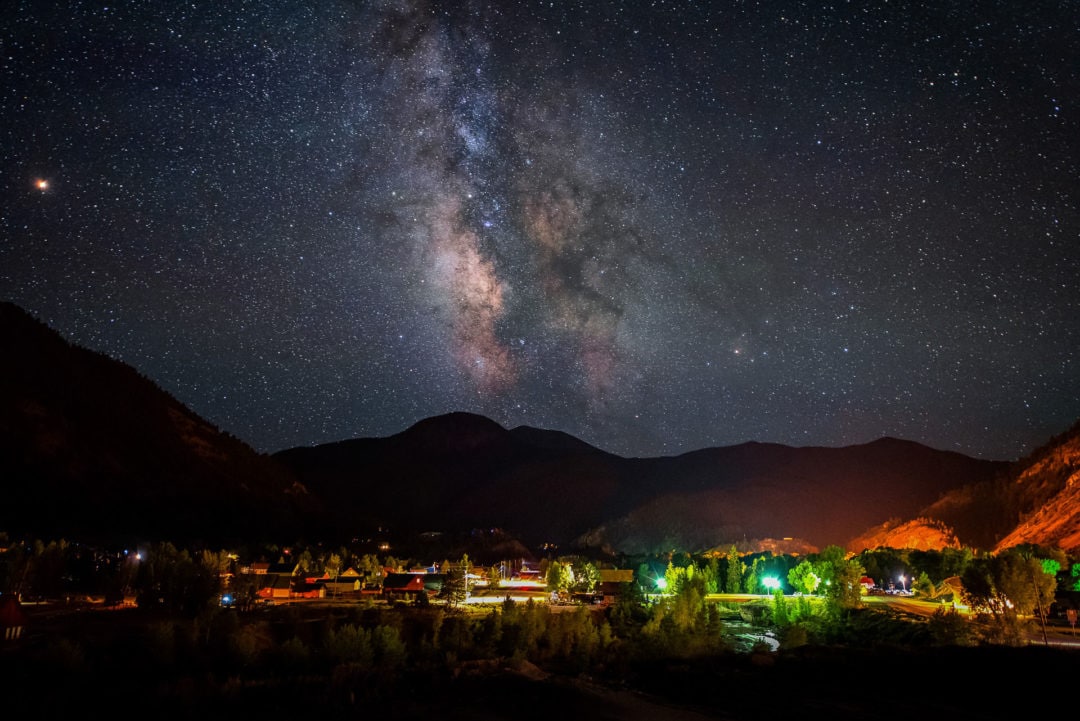
But this sleepy mountain town is not the only place in the state primed for evening star shows. While Colorado is typically known for its jaw-dropping mountain vistas and powder-filled ski slopes, the southern part of the state boasts something entirely different. Thanks to few people, high altitude, and low humidity, the stargazing here is truly out of this world.
Experience the night
The International Dark Sky Association acknowledged this in May 2019 when it designated Great Sand Dunes National Park and Preserve (GSD) as an International Dark Sky Park. Nestled against the base of the Sangre de Cristo mountain range, GSD is 150 star-lined miles east of Lake City on the opposite side of the San Luis Valley. In between GSD and Lake City sit five additional rural towns that all share a common theme: an epic glittering night sky. Thanks to a $25,000 marketing grant from the Colorado Tourism Office, these seven communities created the formalized Colorado Stargazing: Experience the Night tour that launched in February 2020.
Considered to be the first of its kind in the country, the self-guided Experience the Night road trip winds through the bucolic Huerfano, Custer, Alamosa, Mineral, and Hinsdale counties. In turn, these counties have opted to highlight seven isolated towns: Westcliffe, La Veta, Creede, Cuchara, Crestone, Lake City, and of course, GSD itself.
The beauty is in the simplicity—this is not a formalized tour. Visitors can simply dig around the Colorado Tourism website, grab their car keys, and spend a week or more motoring along the sleepy roads connecting these sparkling communities and their star-studded festivals and star parties.
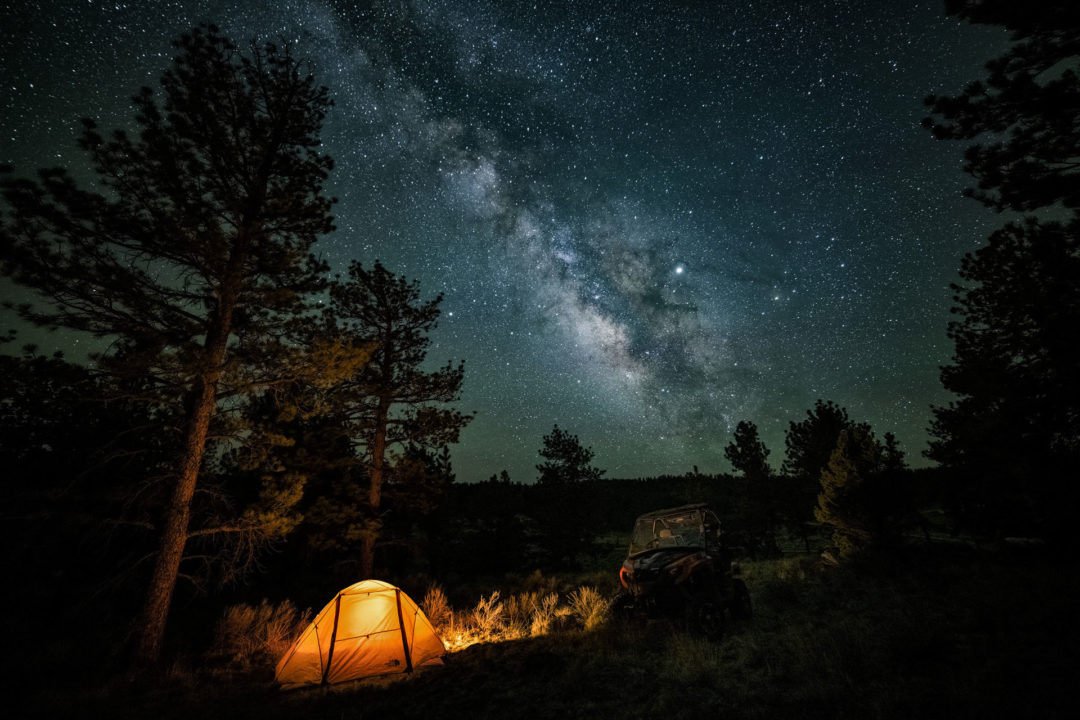
Begin the trip in Westcliffe. At an elevation of 7,867 feet, it’s Colorado’s first designated International Dark Sky Community (and the highest such community in the world). Situated smack in the middle of the Wet Mountain Valley, starry views are easy to find with the Sangre Mountains in the west and the Wet Mountains in the east as rugged backdrops. For a special treat, be sure to visit the Smokey Jack Observatory in Bluff Park. Constructed in 2015, Smokey Jack boasts a retractable roof and a 14-inch telescope with computer-guiding to aid visitors in tracking their favorite heavenly bodies.
Then, head south toward La Veta (population: 800), an artist community with ranching roots. La Veta sits in Spanish Peaks country, where massive granite slabs formed by underground molten rock dramatically jut up toward the sky, creating a geologic feature known as the The Great Dikes. These beautiful igneous intrusions provide a stunning backdrop for nighttime stargazing as their darkened figures loom in the foreground. Visitors looking for a more traditional experience will also love the Southern Colorado Astronomical Park with its two domed observatories and telescopes. Spend one evening in the park and a second in the wilderness to admire all these skies can offer.
Cuchara (population: 140) is a quick 15-minute drive south of La Veta. Perched on the eastern slopes of the Sangre de Cristo Range and at the heart of the Cucharas River Valley, the charming mountain town is home to the annual Rocky Mountain Star Stare. Dubbed the premiere star party in the Rocky Mountain region, more than 300 amateur and professional astronomers and their families post up on a 35-acre parcel of land situated at 7,600 feet. Speakers, activities, and camping are all welcome, but the main event is the dazzling night sky.
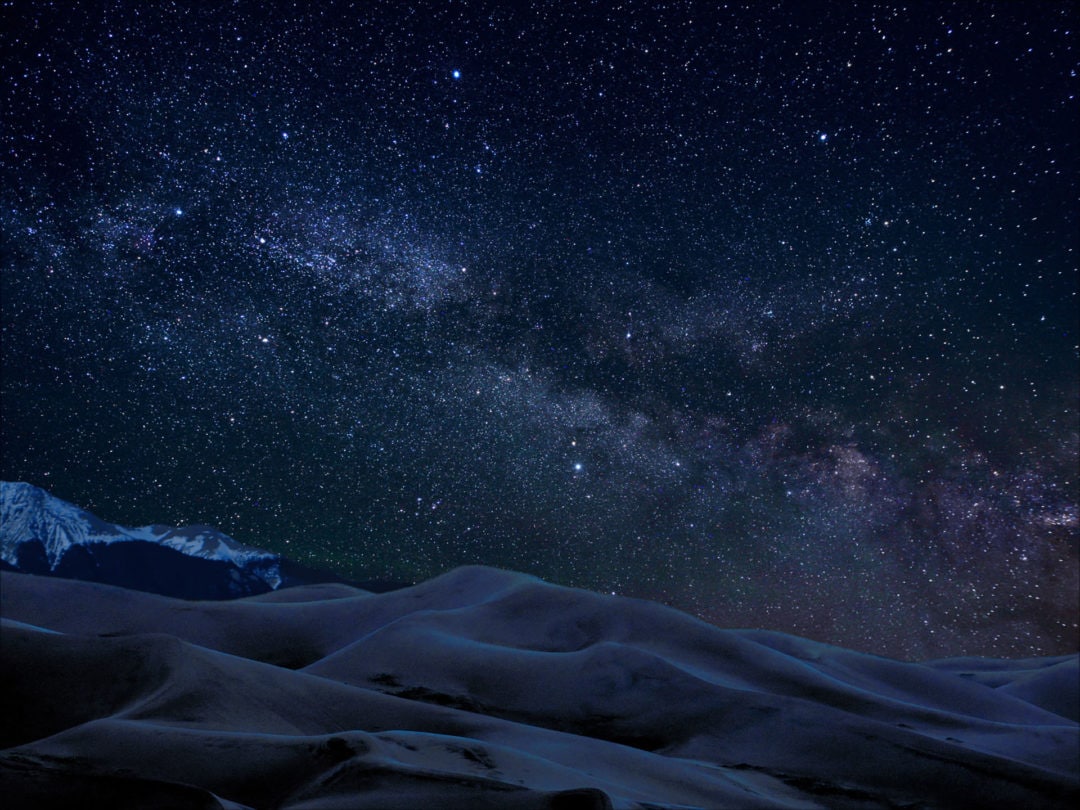
Dazzling dunes
After Cuchara, it’s time to loop back to the northwest and snag yourself a backpacking permit at Great Sand Dunes. As an International Dark Sky Park, the stars are an obvious attraction. But, if you have the gumption—and physical fortitude to trek out into the sand—camp amidst the tallest dunes in North America. Not only will the effervescent sky leave you pondering your place in the universe, but the creepy-crawlies are special too. Keep your eyes peeled for the Great Sand Dunes Tiger Beetle. At a half-inch long, these guys are tough to spot but they are uniquely adapted to the environment; the park is their only habitat.
As the crow flies, Crestone (population: 146) is less than 20 miles north of the park, but it takes an hour to get there thanks to the circuitous country roads. Fortunately, it’s worth your time since this thin-aired town (elevation: 8,000 feet) has emerged as a spiritual hub for the entire region with more than two dozen ashrams, monasteries, temples, and other sacred landmarks dotting the landscape. It’s also home to one of the most unique stargazing platforms around: the UFO Watchtower. For $15 per night, you can pitch a tent in this UFO-themed campground to keep your eyes on the stars. While you will definitely spot a meteor or two, locals are adamant that you may spy something extraterrestrial as well.
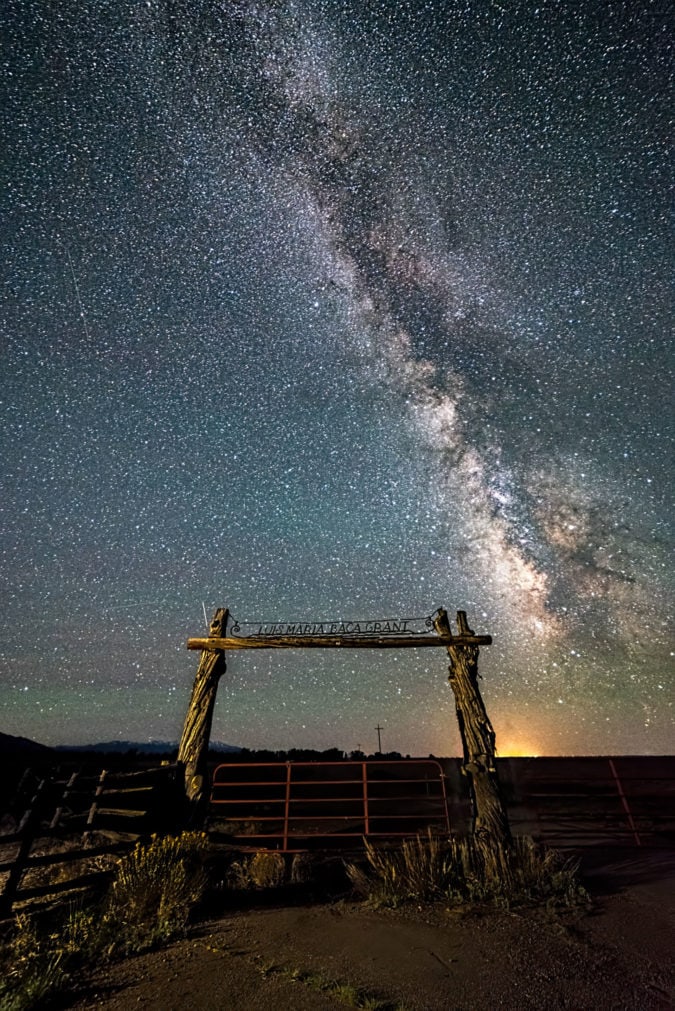
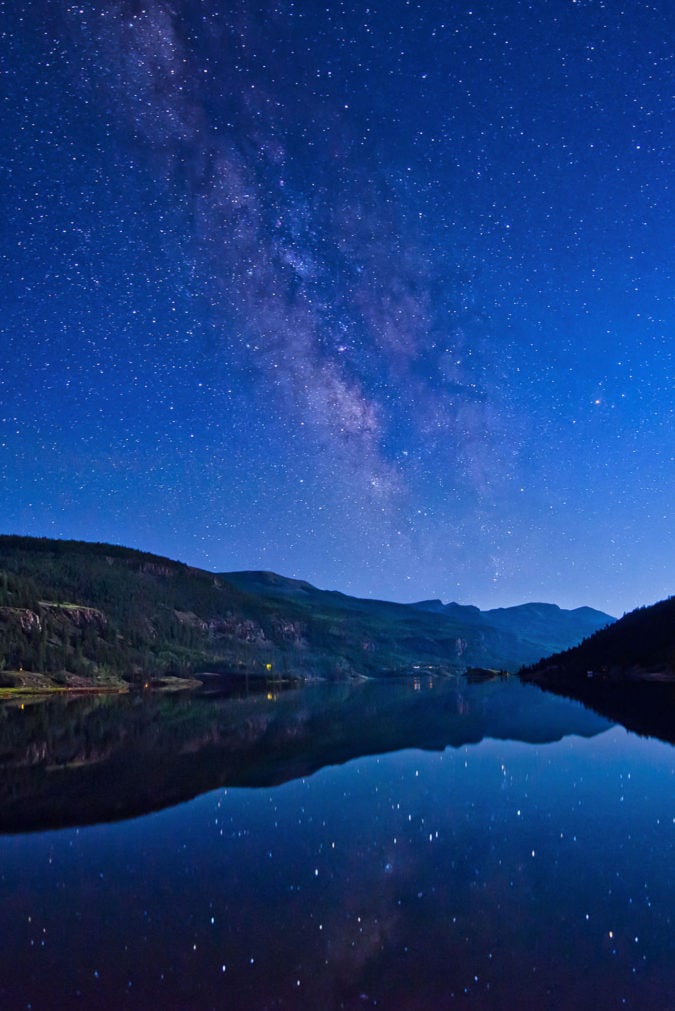
Creede is a two-hour haul to the west of Crestone, but the landscape dramatically shifts as the road rises from the San Luis Valley into the San Juan mountains. Similar to Lake City, Creede is surrounded by 900 square acres of wilderness, 95 percent of which is public land. This creates an utterly dark environment where the stars glisten brightly in the night sky. In July, Creede capitalizes on the star show by hosting a one-of-a-kind Star Party.
Finally, the Experience the Night tour wraps up in Lake City. While the rural town is better-known for its Alfred Packer history, the blindingly-bright stargazing is quickly usurping the cannibalistic legend for the top of the tourism podium. Locals enjoy heading up to the Windy Point Observation Site on Wednesdays where visitors will discuss various topics like the phases of the moon or the summer constellations.
If you go
Due to the spread of COVID-19, many points of interest are currently closed and travel is not recommended. Please check with businesses directly for the latest information on hours, and follow your state and local guidelines. Stay safe!

